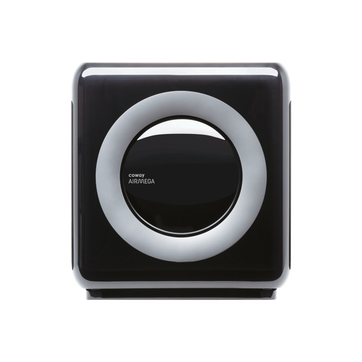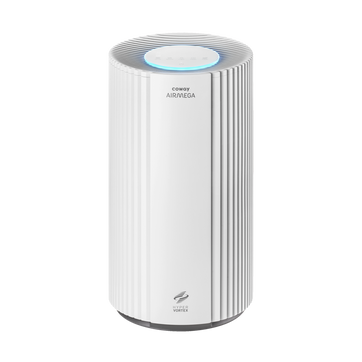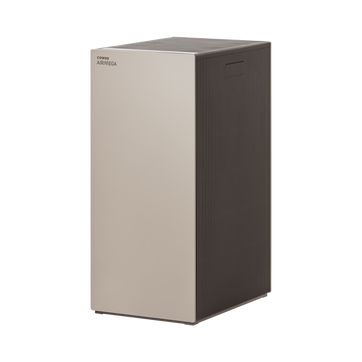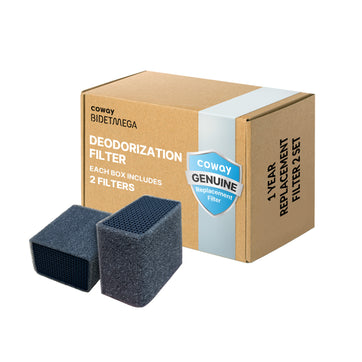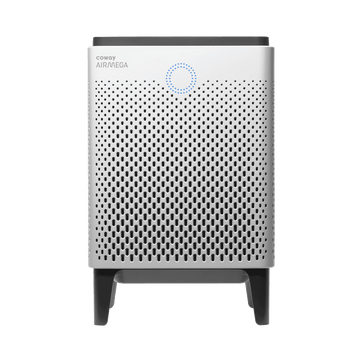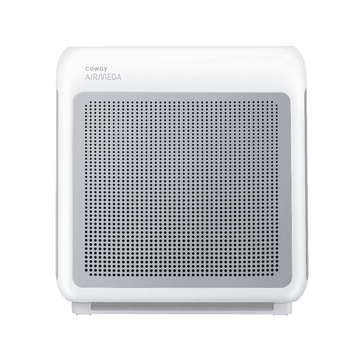
Choosing a reusable water bottle
How much money would you save if you switched to a reusable water bottle? The average American spends $266 on single-use, disposable water bottles every year. Over the course of a typical adulthood, or 65 years, that’s over $17,000.
In addition to saving money, when people switch to a reusable water bottle, they help divert plastic waste from the world’s oceans. Further, there’s no guarantee that bottled water is safer or better for human health. On the contrary, one scientific study found microplastics in 93 percent of the bottled water tested.
Because bottled water is expensive, creates plastic pollution and may not benefit human health, it’s time to talk about transitioning to a reusable water bottle. To help plan your purchase, consider these questions to select the best option for your lifestyle.
What size suits your needs?
The recommendation of eight, 8-ounce glasses of water per day is a good one, but it’s important to factor personal habits into the equation. Reusable water bottles vary in size from 8-ounce minis to 64-ounce growlers. Many retail websites list 21 ounces as the standard size. (By comparison, a can of soda is 12 ounces, and a bottle of wine contains 25.4 ounces.) So, before you buy, how much water do you need in a day? Also, keeping in mind the weight of water, how much to you water do you want to carry around every day?
What material will work best for you?
Another factor in the weight of reusable water bottles is the material. For example, glass bottles tend to be the heaviest. Aluminum bottles are lighter, but some people feel that they give a metallic taste to the water. Also, do you want the water bottle to be insulated? If so, a stainless steel one may be the best purchase.
Once you decide on a great reusable bottle, fill it up with fresh, crisp water from the Coway Aquamega 100. The system filters water at the kitchen faucet, reducing the common contaminants in tap water by up to 99.9 percent. In contrast to bottled water, the Aquamega 100 is a one-time investment that produces an unlimited supply of refreshing water—without producing needless plastic waste.
Disclaimers
1Coway air purifiers have been proven to trap dust, pollen, dander, viruses and bacteria in the air based on KCL (Korea Conformity Laboratories) testing.They have been tested in a 30㎥ size chamber according to the Korea Air Cleaning Association standard (SPS-KACA 002-132:2022 Modified) to measure the 0.01㎛ size of particle removal rate. It was tested on maximum airflow speed in normal room temperature and humidity conditions. The performance may vary in the actual living environment of customers.
→ Tested with Airmega Aim, 50, 100, 150, 160, Tower AP-1216L, Mighty AP-1512HH, MightyS AP-1512HHS, 200M, Icon, IconS, 230, 240, 250, 250 Art, 250S, 300, 300S, 350, 400, 400S, 450, ProX
299.97% of viruses, bacteria, fungi and pollen were verified to be removed from the air for Coway air purifiers which have Green True HEPA™ filter applied based on the Japan Food Research Laboratories(JFRL) testing according to JEM 1467 standard.
→ Tested with Coway Airmega Mighty AP-1512HH, MightyS AP-1512HHS, 250, 250 Art, 250S, 300, 300S, 400, 400S
→ All tested by JFRL and received above result within below time.
4The concentration of ammonia, acetaldehyde and acetic acid were proven to be removed within 30 minutes by FCG Research Institute, Inc. Human Life Science Lab. It is not a demonstration result in the actual use space. Not all odors and gases may be supported. → Tested with Coway Airmega 150, 160, Mighty AP-1512HH, MightyS AP-1512HHS, 400, 400S
5The coverage area of the air purifier is based on an area where the air cleaner can make two air changes per hour (ACPH). An air change per hour translates to how many times an air purifier can clean an area, assuming the height of a ceiling to be 8 ft, in one hour. Therefore ** means two air changes per hour means that the cleaner can clean the area once every 30 minutes and * means air changes per hour means that the air purifier can clean the area once every 60 minutes.
10Terms and conditions apply. Discounts, including promotions, coupons, bundle discount and subscription discount, cannot be stacked on top of other coupons. During promotional periods, discount codes will not be able to be applied to orders. Promo codes may apply to products only—filters, accessories, and new products within 3 months of the release date are not included.
11Based on Coway R&D internal laboratory testing, activated carbon filtration was shown to remove up to 95% of ammonia odors within 40 minutes, and up to 99% of fecal odors within 20 minutes. Actual performance may vary depending on usage conditions.

